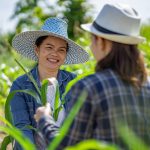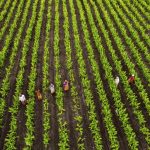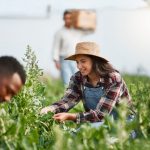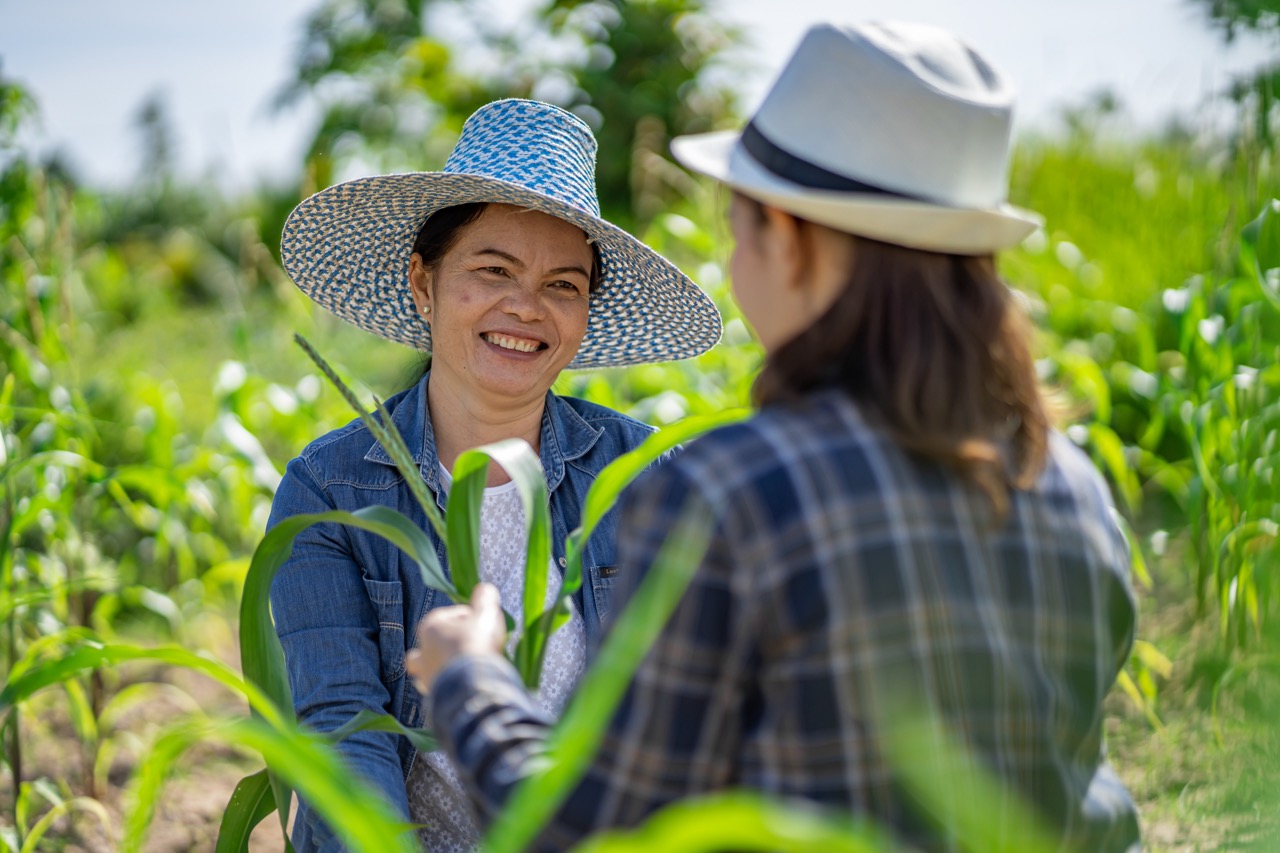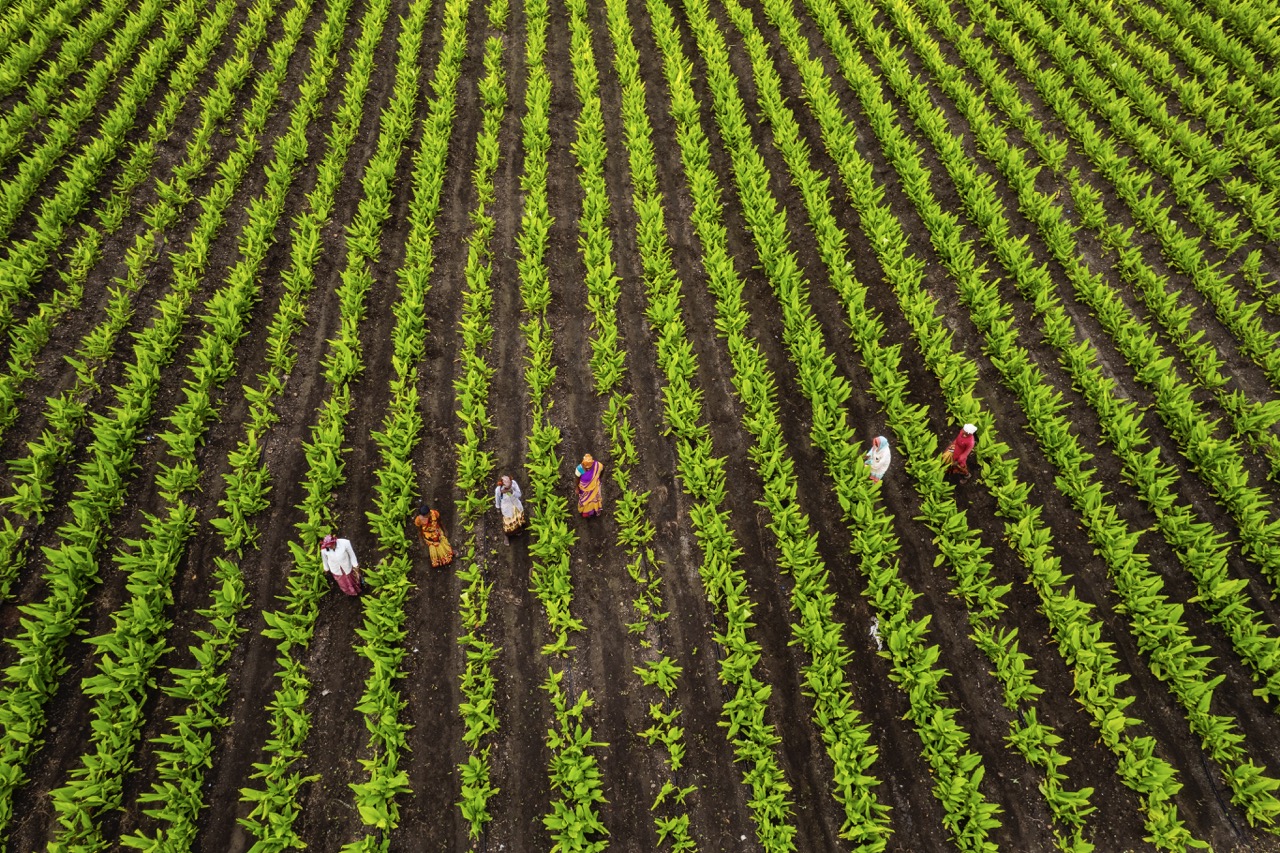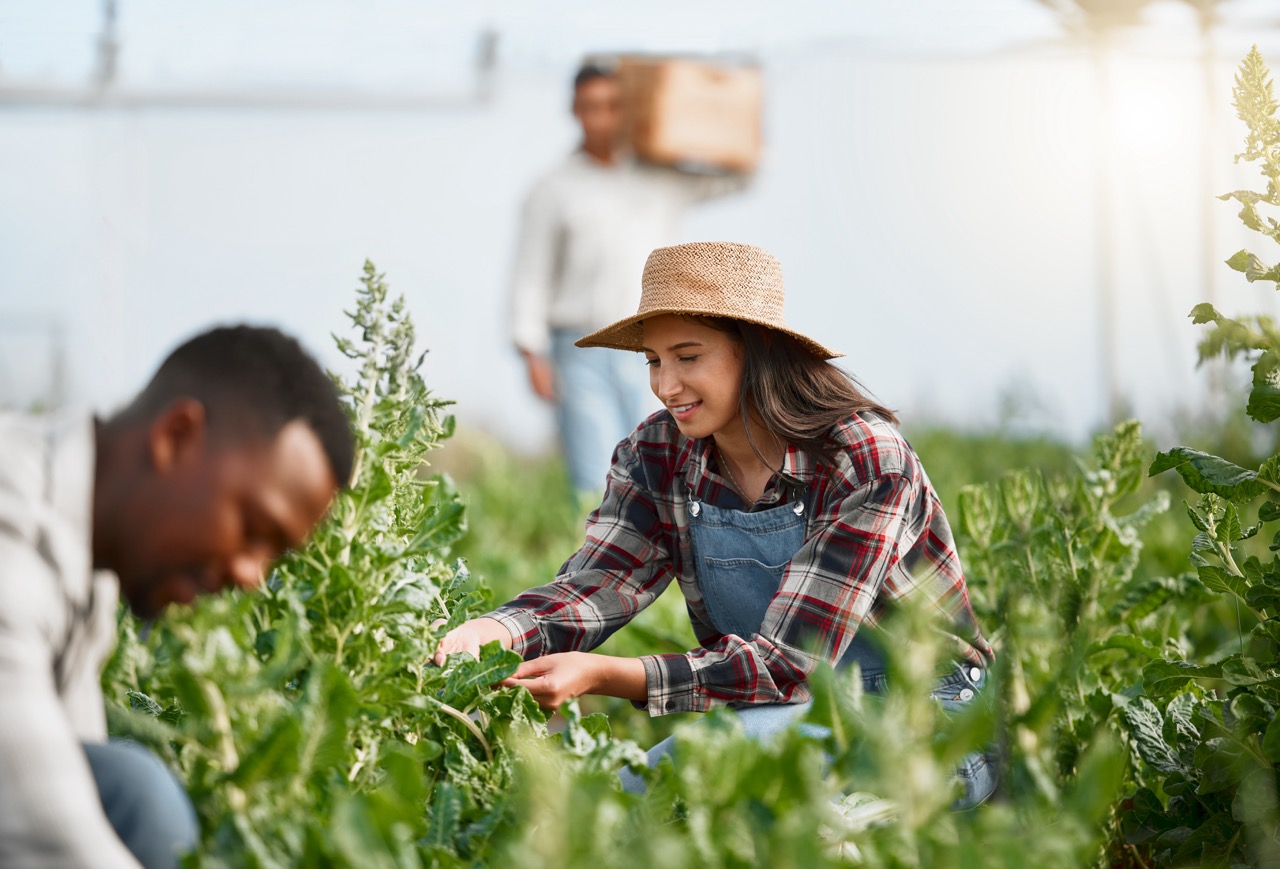Sharecropping, a system that emerged in the aftermath of the American Civil War, has often been associated with exploitation and poverty. However, a closer examination reveals that sharecropping can play a pivotal role in enhancing the resilience of local food systems. By enabling small-scale farmers to cultivate land they do not own, this agricultural practice fosters community stability, supports local economies, and promotes sustainable farming practices. This article delves into the historical context of sharecropping, its significance in local agricultural resilience, the economic advantages it brings to communities, and its potential role in shaping sustainable food networks for the future.
Understanding Sharecropping: A Historical Perspective on Food Systems
Sharecropping emerged primarily in the Southern United States during the Reconstruction era, allowing landowners to utilize labor from freed African Americans and poor whites who lacked capital for land ownership. This system created a cycle of indebtedness and dependency, yet it also established a framework for agricultural production that was crucial for local food availability. Sharecroppers often cultivated staple crops such as cotton and tobacco, which were vital for local economies, providing both sustenance and income. Over time, the sharecropping model expanded to include diverse crops and farming practices, laying the groundwork for varied agricultural systems.
Historically, sharecropping was not merely a labor arrangement; it also served as a social contract fostering community ties. Sharecroppers relied on one another for knowledge sharing, resource pooling, and mutual support, creating a network of resilience that extended beyond mere economic transactions. This sense of community was vital, particularly during times of economic hardship or environmental challenges, as it enabled collective action towards maintaining food security. Though often viewed through a lens of exploitation, the historical context reveals a complex interplay between labor, land, and community sustenance.
As we examine sharecropping today, it is essential to recognize its dual legacy: a system that perpetuated inequality while simultaneously fostering local food systems. Contemporary discussions about sharecropping often overlook its potential for promoting biodiversity and sustainable agricultural practices. By understanding its historical implications, we can appreciate the nuanced role that sharecropping has played in shaping the agricultural landscape, highlighting its contributions to local food systems that continue to evolve in response to societal and environmental changes.
The Role of Sharecropping in Local Agricultural Resilience
Sharecropping contributes significantly to local agricultural resilience by enabling small-scale farmers to engage in diversified farming practices. By planting a variety of crops, sharecroppers can mitigate risks associated with monoculture farming, such as pest infestations and market fluctuations. This diversity not only supports local food sovereignty but also enhances soil health and biodiversity, crucial for long-term sustainability. In regions where large agribusiness dominates, sharecropping can serve as an alternative model that prioritizes ecological balance and local needs.
Moreover, sharecroppers often practice traditional farming techniques passed down through generations, fostering a deep connection to the land and sustainable methods. This knowledge transfer is vital for maintaining agricultural biodiversity and adapting to climate change. Sharecropping arrangements encourage the use of local seeds and organic farming practices, which can reduce dependence on synthetic fertilizers and pesticides. By promoting agroecological practices, sharecropping can help communities become more resilient to environmental shocks, such as droughts or floods, thereby securing their food supply.
In addition to ecological benefits, sharecropping enhances social resilience within communities. Sharecroppers often form cooperatives or associations, leveraging collective bargaining power to improve market access and negotiate fair prices. Such collaborations can provide a buffer against economic instability and foster greater food security. As communities come together to support local produce, sharecropping cultivates a sense of belonging and participation in the local food system, reinforcing the social fabric essential for resilience.
Economic Benefits: How Sharecroppers Support Community Stability
The economic implications of sharecropping extend beyond the immediate financial benefits to individual farmers. Sharecroppers contribute to local economies by keeping resources within their communities. When sharecroppers sell their goods at local markets, they circulate capital within the region, supporting local businesses and creating jobs. This localized economic activity is crucial for building a robust community infrastructure that can withstand external economic shocks, such as recessions or supply chain disruptions.
Additionally, sharecropping can help stabilize food prices in local markets. By maintaining a diverse array of crops, sharecroppers ensure a steady supply of food that meets local demand, potentially lowering food costs for consumers. This stability is particularly important in rural areas where access to affordable and nutritious food can be limited. By providing a reliable source of local produce, sharecroppers help mitigate the impacts of food deserts, promoting better nutrition and health outcomes for community members.
Finally, sharecropping arrangements create opportunities for economic mobility among marginalized populations. Many sharecroppers are members of historically disadvantaged communities, and through sharecropping, they can gradually build assets and improve their financial standing. Access to land, even on a temporary or partial basis, allows individuals to invest in their agricultural practices and gain valuable experience. Ultimately, sharecropping can serve as a stepping stone toward greater economic independence, fostering long-term community stability and resilience.
Future Outlook: Sharecropping’s Place in Sustainable Food Networks
Looking ahead, sharecropping holds promise as a vital component of sustainable food networks that prioritize local production and consumption. As consumers increasingly seek out locally sourced foods, the relevance of sharecropping in meeting this demand cannot be overstated. By providing fresh, culturally relevant produce, sharecroppers can help create a more equitable food system that values the contributions of small-scale farmers. Furthermore, as interest in regenerative agriculture and sustainable practices grows, sharecropping can serve as a model for how to cultivate food in harmony with the environment.
The rise of digital platforms and community-supported agriculture schemes is enhancing the visibility of sharecropped produce, allowing consumers to connect directly with their local farmers. This direct-to-consumer model can empower sharecroppers by providing fair compensation for their labor while fostering stronger community ties. As more people recognize the importance of supporting local food systems, sharecropping could become integral to the broader movement towards food sovereignty, where communities reclaim control over their food sources and agricultural practices.
In this evolving landscape, it is essential for policymakers and agricultural organizations to recognize the value of sharecropping as a means of promoting resilience and sustainability. Supporting sharecroppers through educational initiatives, access to resources, and favorable policies can strengthen local food systems and contribute to community revitalization. By valuing sharecropping as an equitable and sustainable approach to food production, we can build a more resilient agricultural future that reflects the needs and aspirations of all community members.
In summary, sharecropping is a complex yet valuable component of local food systems. Its historical significance, ecological benefits, economic contributions, and potential role in future sustainable food networks highlight its importance in fostering resilience and community stability. By embracing sharecropping as a legitimate agricultural practice, we can cultivate a more equitable and sustainable food landscape that honors the contributions of small-scale farmers and enhances food security for future generations. As we navigate the challenges of food production and distribution, it is crucial to recognize sharecropping’s potential in shaping a resilient agricultural future.
